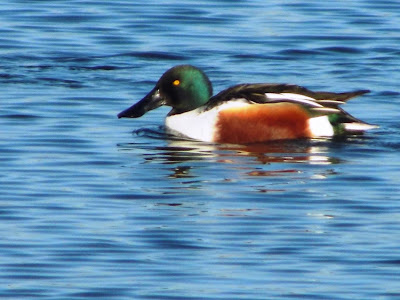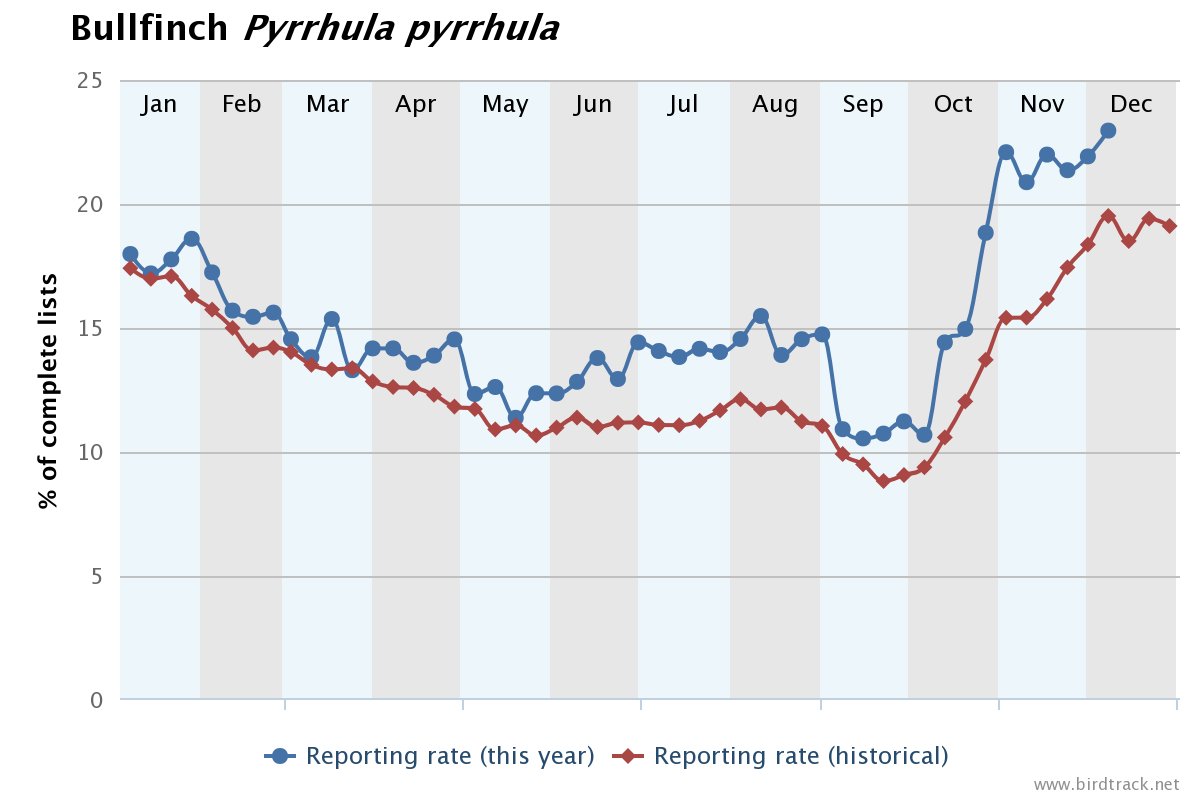It's time for my review of the year! At the end of the year I like to have a look back on the best wildlife I saw. But first, the stats! Here are number of animals etc that I have written about on this blog. These are all things I saw with my own eyes, could positively ID and managed to get a photo of.
Invertebrates: 81
Birds: 73
Plants: 21
Fungi: 6
Mammals: 6
Fish: 2
Reptiles: 1
I think that's pretty good going. The birds total is exactly the same as 2016, though the species are quite different. It was a great year for invertebrates and not so great a year for fungi and the stats reflect this. Let's move on to my highlights then!
The Ringwood Waxwing
Last winter saw an irruption of waxwings from Northern Europe here in the UK. I made several attempts to track a flock down but I kept missing them. Finally one turned up in a car park in my hometown and I saw my first waxwing. What a bird!
The Hungry Heron
Sometimes it's the behaviour rather than the species which really surprises you. Back in February I saw a grey heron catch and eat a rat in the fields next to the River Avon. Whilst I was aware that herons eat more than fish it was still a very rare thing to see.
Tremendous Tawny
The last thing I expected when walking up a country lane in the middle of the day was to see a tawny owl roosting on someone's car. I hear tawny owls all the time at night but to see one so clearly in the daytime was an incredible experience.
Beautiful Butterflies
It seemed to be a good year for butterflies recently. I managed to spot a total of twenty different species this year which I was pleased with and so many of them were stunning.
 |
| Painted Lady (July, Longham Lakes) |
 |
| Brimstone (July, New Forest) |
 |
| Peacock (September, RSPB Lodmoor) |
 |
| Small Copper (October, Fordingbridge) |
It's been great to follow the local herd of roe deer this year. I've seen them change coats as the season's progress and even have fawns. More than any other wild animals these are the ones I feel next as I've seen the same individuals time and time again.
 |
| Buck (March) |
 |
| Fawns (July) |
It's always lovely to see baby birds but few are as cute as the lapwing chicks I saw at Blashford Lakes in April. They were really close to the hide meaning I had a stunning view of them.
And that's it for 2017. It's been a great year for wildlife and I look forward to more in 2018. Thanks so much for reading this blog and for all your messages about it. Happy New Year!













































